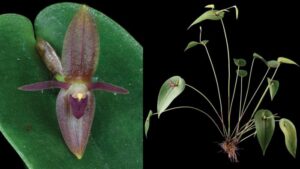Climate change may have driven the emergence of Covid-19, according to researchers at the University of Cambridge.
The study, which was published in the journal Science of the Total Environment, revealed that over the past century there have been large-scale changes in the type of vegetation in the southern Chinese Yunnan province, and adjacent regions in Myanmar and Laos.
Climatic changes including an increase in temperature and increased carbon dioxide emissions have changed the natural habitats and have helped to create sustainable environments for many bat species that predominately live in forests.
According to the researchers, the number of coronaviruses in an area is closely linked to the number of different bat species present.
The researchers found that an additional 40 bat species have moved into the southern Chinese Yunnan province in the past century, harbouring around 100 more types of bat-borne coronavirus. This ‘global hotspot’ is the region where genetic data suggests SARS-CoV-2 may have arisen.
The researchers emphasised the need to limit the expansion of urban areas, farmland, and hunting grounds into natural habitat to reduce contact between humans and disease-carrying animals.
Dr Robert Beyer, a researcher in the University of Cambridge’s Department of Zoology and first author of the study said: ‘Climate change over the last century has made the habitat in the southern Chinese Yunnan province suitable for more bat species.
‘Understanding how the global distribution of bat species has shifted as a result of climate change may be an important step in reconstructing the origin of the COVID-19 outbreak.
‘As climate change altered habitats, species left some areas and moved into others — taking their viruses with them. This not only altered the regions where viruses are present but most likely allowed for new interactions between animals and viruses, causing more harmful viruses to be transmitted or evolve.’
Professor Andrea Manica added: ‘The COVID-19 pandemic has caused tremendous social and economic damage. Governments must seize the opportunity to reduce health risks from infectious diseases by taking decisive action to mitigate climate change.
‘The fact that climate change can accelerate the transmission of wildlife pathogens to humans should be an urgent wake-up call to reduce global emissions.’
Photo Credit – Pixabay
















